Lively photos, superior selfies, battery lasts two days and more, battery charges in less than 30 minutes
Ongoing trade ban meant some missing apps, limited access to Google services, polarizing design
P32,999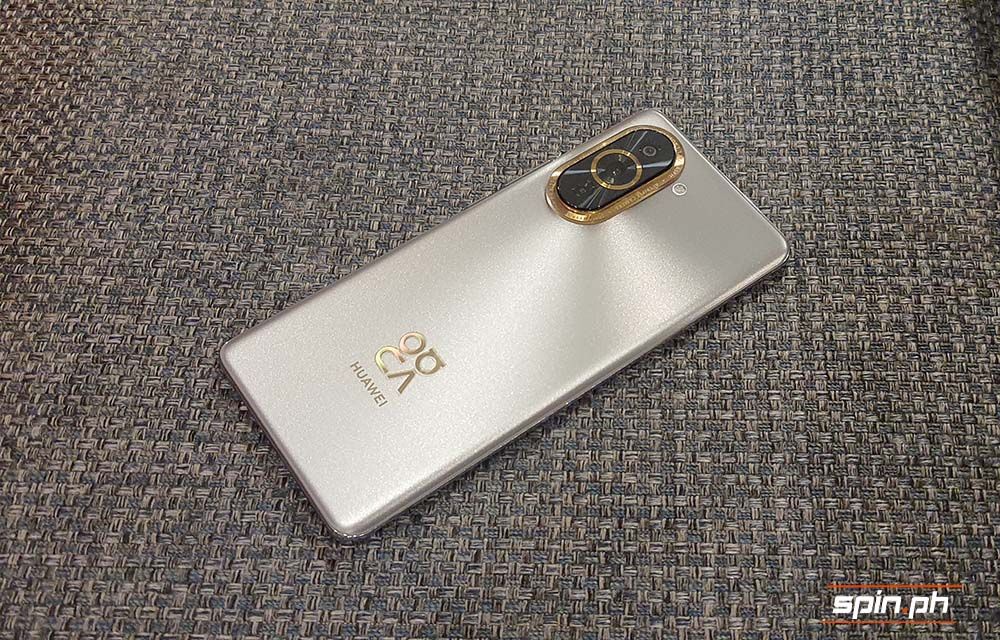
IF THERE’S one thing Huawei’s ongoing breakup with Google has revealed to me, it’s how locked in I’ve been inside the wide, wooly Google ecosystem. Over the past 12 years, I’ve come to rely on Google’s apps to jump quickly to my go-to websites on Chrome, to type out my stock phrases on Gboard, and, yes, to save passwords to all sorts of pesky websites, including Spin.ph’s own back-end website to preview and publish this article.
So it was both jarring and refreshing to use Huawei’s Nova 10 Pro, which I was able to test drive for two weeks. The unit hasn’t gotten the Chinese manufacturer’s much-vaunted HarmonyOS, and is still running EMUI 12.0.1. In the press briefing sent to me, Huawei said that, despite the US trade ban that’s shut its version of Android out of Google services, its AppGallery already contains “a lot of top apps.” In addition, it can easily find APKs of apps it doesn’t natively have—Facebook, Messenger, and Netflix, for example—and install them onto your phone.
In practice, this is true, though there are some hiccups. For one, the AppGallery will often flash full-screen, unskippable advertisements when you boot it up. Plus, my sideloaded version of Chrome had no way of logging me on to Google, which meant it was more practical for me to use the Nova 10 Pro’s built-in browser. Some banking and retail apps, plus a game I really wanted to try, Diablo Immortal, were also still not yet inside the AppGallery. (Apex Legends Mobile, however, was, so yay.)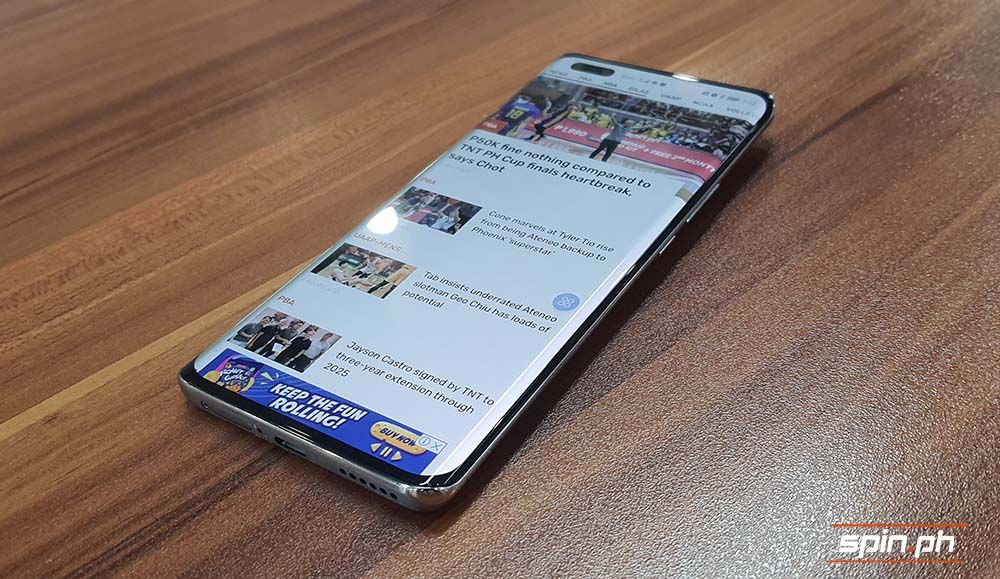
But after a bit of elbow grease and re-logging onto apps and sites, a good chunk of my old workflow was up and running in the new phone. If the phone brand’s growth is any indication, not a lot of people mind the trade ban and the software workarounds Huawei’s been forced to implement. And with good reason: Huawei always packs some awesome hardware.
The Huawei Nova 10 Pro’s biggest selling point is its selfie camera.
This isn’t a load of hot air. In terms of megapixels, at least, the front-facing camera actually “surpasses” the main camera, with a 60MP ultra-wide front-facing camera. This is paired with an 8MP portrait camera. In comparison, the camera at the back of the phone has a 50MP f/1.9 main lens, plus an 8MP ultrawide camera, and a 2MP depth sensor.
To test the phone’s front-facing camera, I took two shots: one with the rear, “main” camera, then flipped the phone around to clumsily take the same scene with the front-facing camera. I must have looked a little silly in real life, but the results speak for themselves:
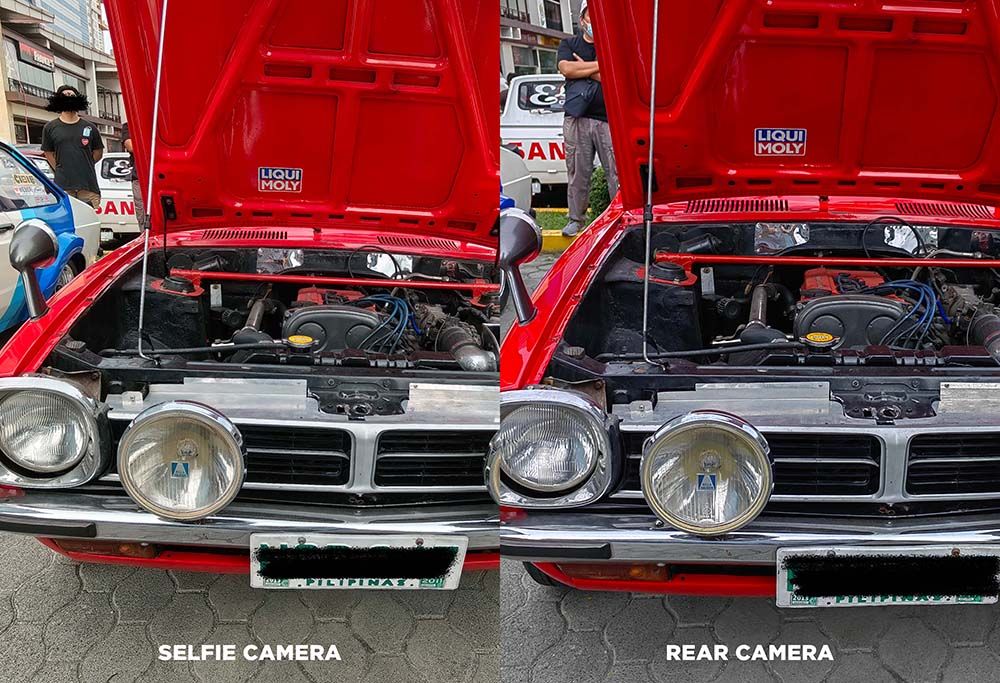
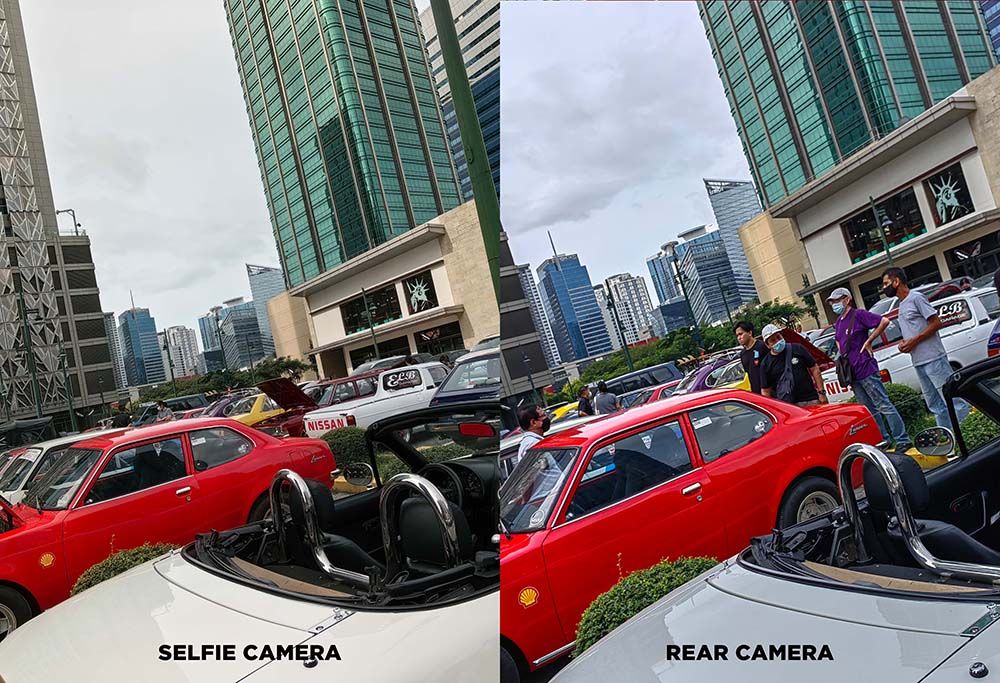
Paired side by side, snaps from both the rear and the front are equally incredible. Save for a slightly yellowish cast from the front-facing cameras, they’re almost identical in terms of sharpness, clarity, and level of detail. It’s actually only when you zoom in veeeeeery close on a PC monitor that you can see the limitations of the front-facing camera. (If you zoom in on the original shots from the front camera, jaggies and pixelations abound.)
Taking a close-up photo of your face? The portrait camera swings into action. With beauty mode off, the portrait camera took details of every pore in my forehead. Check out, too, the crisp texture of my hair. A little too crisp, if you ask me, but you can’t deny all the detail that camera lens gulped in. 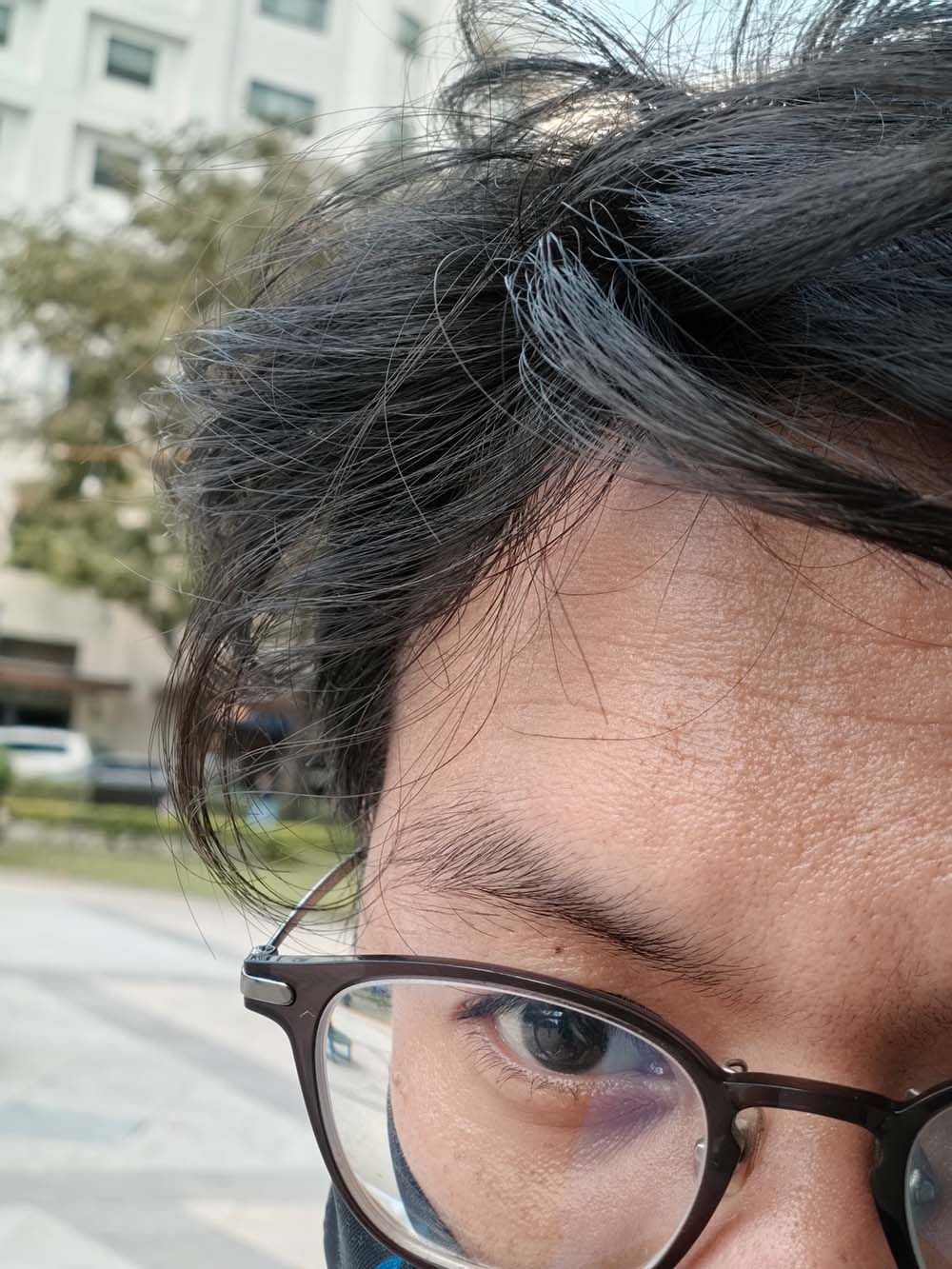
Zoom in close, and you can see how the phone expertly cut away the stray strands of hair for the bokeh effect.
At night, the rich level of detail holds up, thanks to the white light that blasts from the screen.
The rear camera, meanwhile, revels in a tremendous palette of colors, as you can see in this wide variety of shots. Outside of natural sunshine, however, fluorescent light renders colors slightly flat. And sometimes, night mode has a tendency to go overboard, jacking up the contrast for a painterly look that, admittedly, looks incredible, if not entirely true to life.
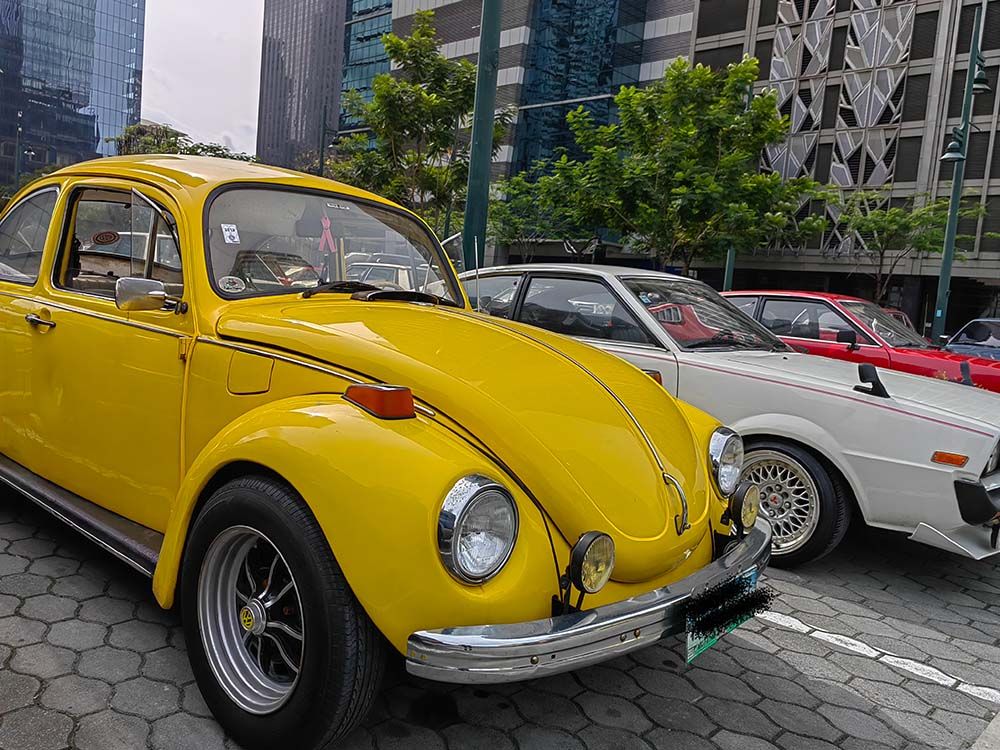
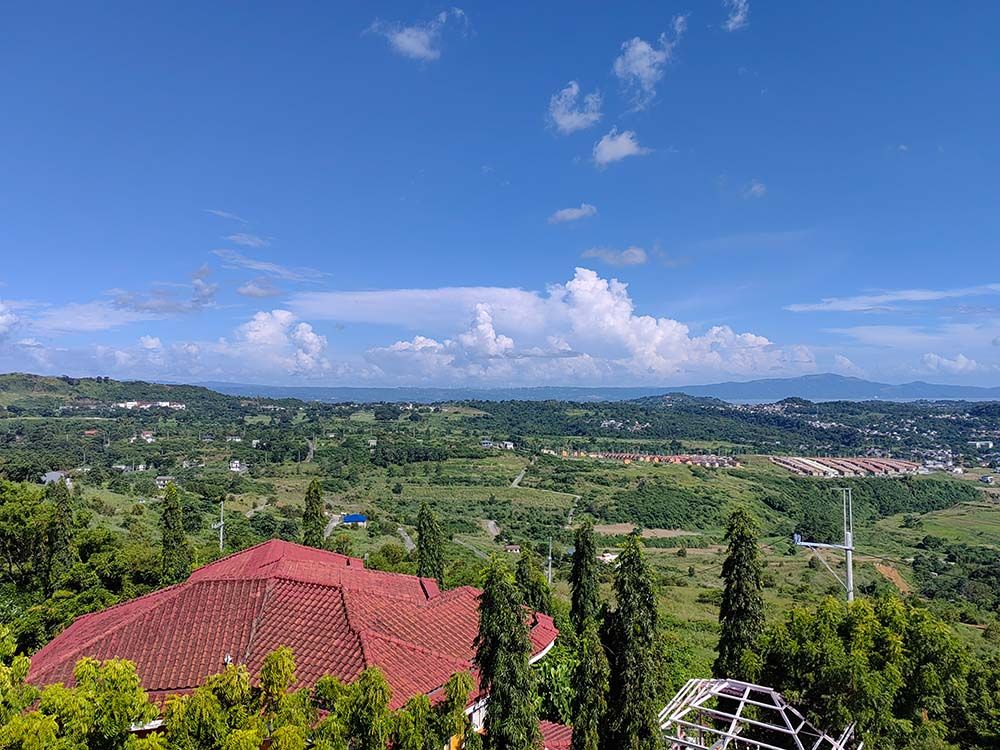


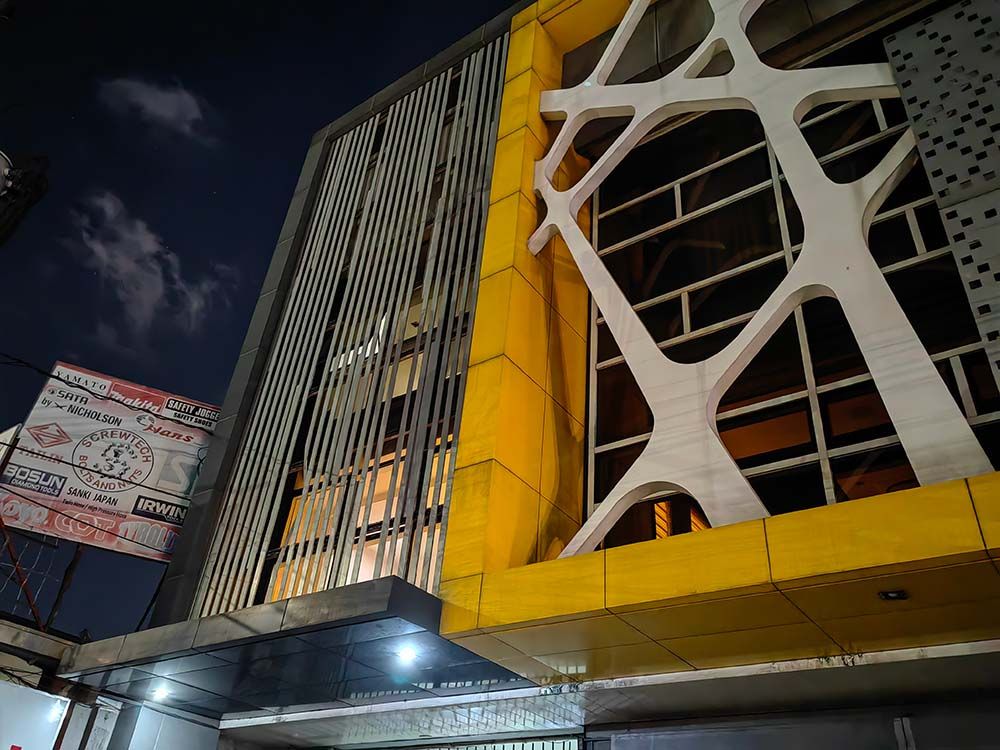
Here's a comparison with the lens of one of last year's flagship Samsung phones. On default settings, you can see that the Huawei Pro 10 favors a some very dramatic processing to make the colors and contrast pop more.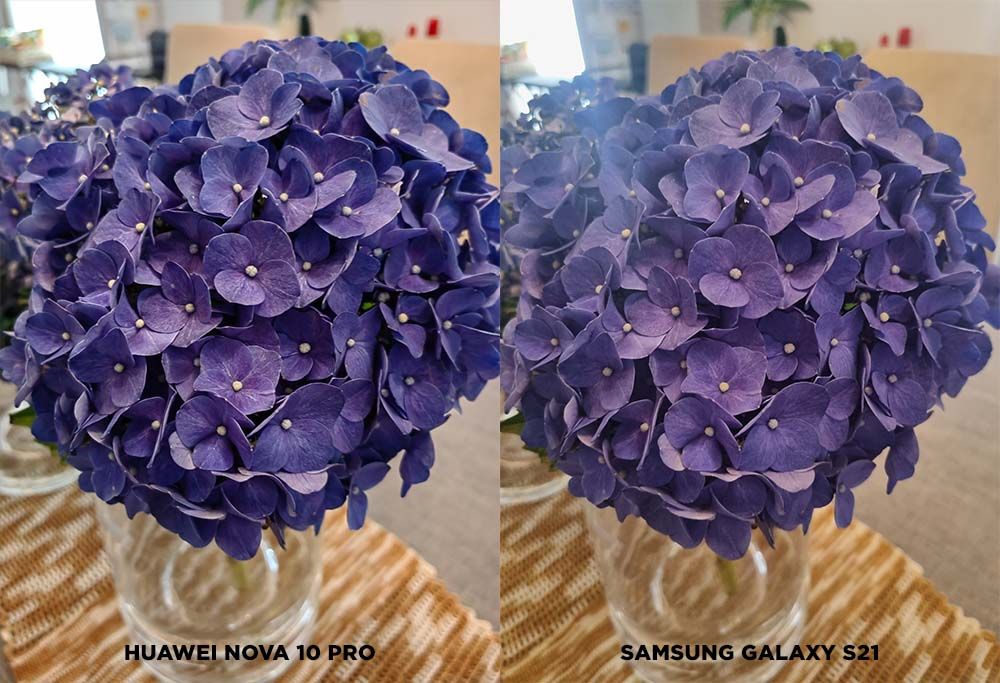
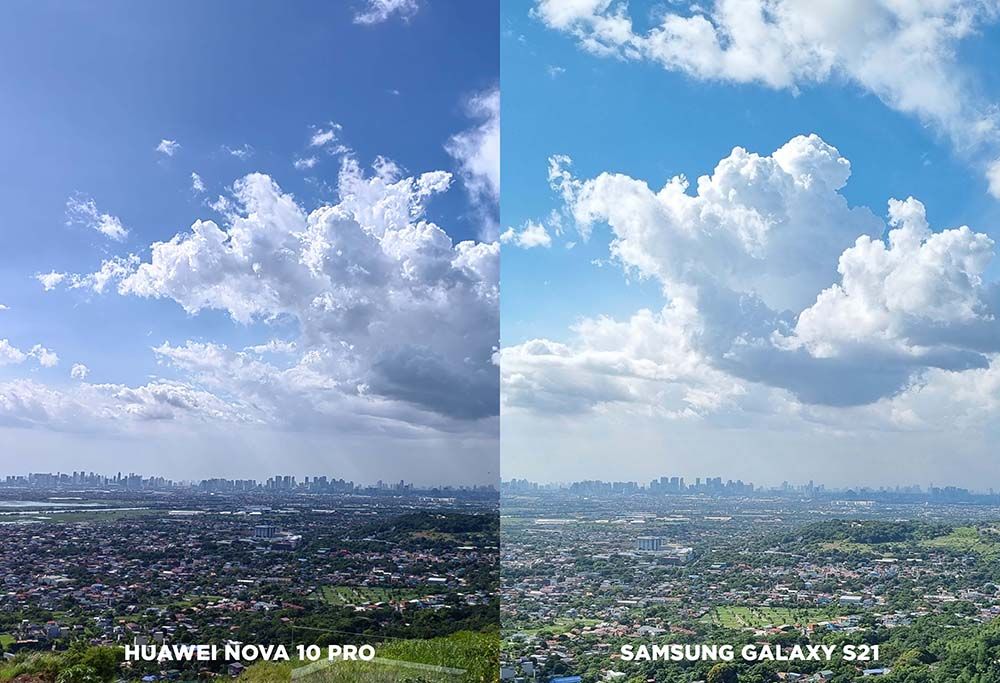

Both front and rear cameras are capable of shooting 8K video at 30fps. You can switch on portrait mode for an even more cinematic effect, though in practice (shooting an outdoor artificial mall waterfall with wind-swept foliage in the foreground), the focus couldn’t decide which of the bushes to focus on.
The rear camera modules are housed in a very lumpy gold housing. No bones about it: That camera hump is huge. When the phone is lying flat on the table, there’s a lot of top-heavy wobble.
Overall, the phone’s exterior design — especially in the silver colorway we were given — skirts the line between elegant and tacky. Where you fall in this divide is really up to personal taste.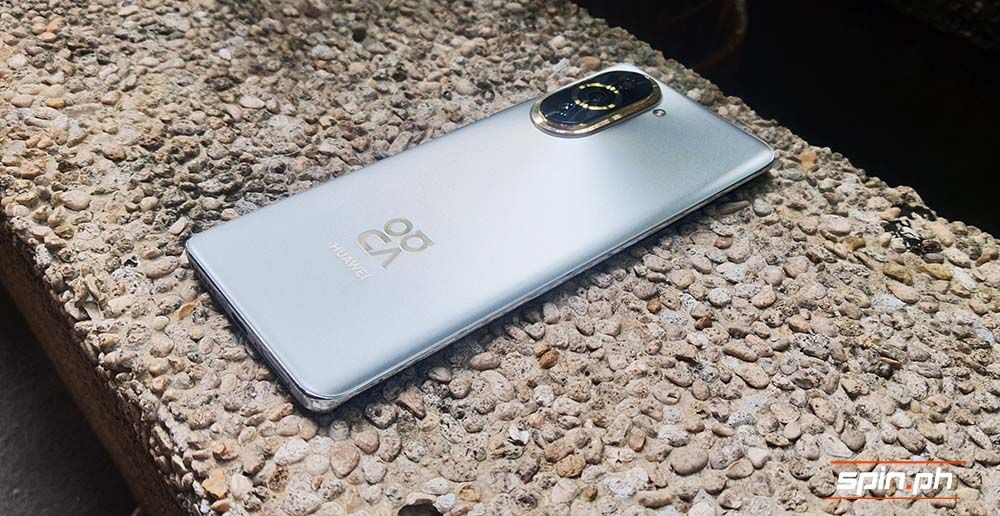
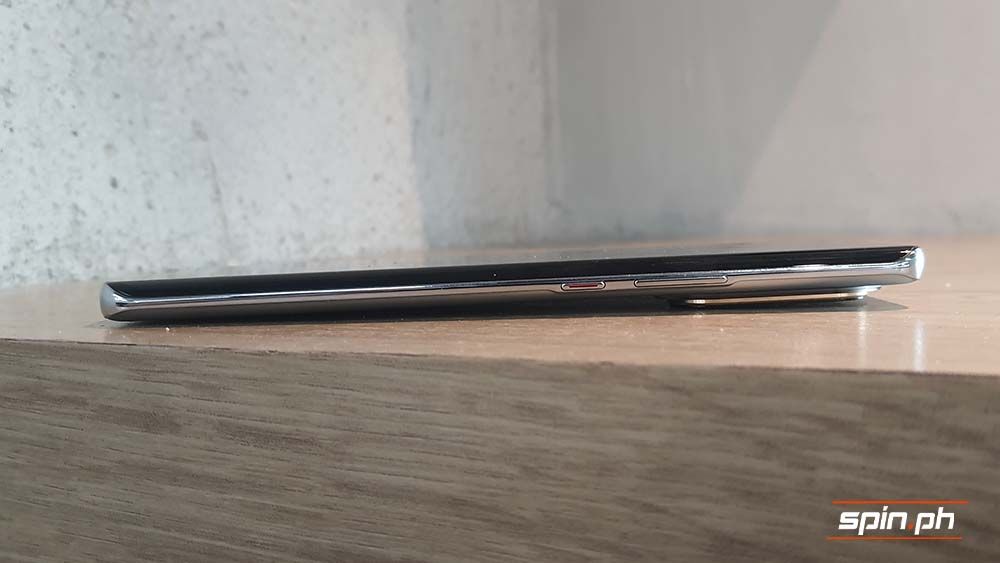
What does undeniably work, though, is the chassis’ fingerprint-repelling surface. Even the greasiest fingers will have a hard time sullying that phone back.
Over at the front, the display is delicious in all the right ways. It’s a sizable 6.78 inches, with a buttery smooth adaptive 120Hz refresh rate. Seriously, the smoothness in the on-screen scrolling and animations made it so hard for me to go back to my daily driver. The brightness goes all the way to 800 nits, so you can use the phone even in the brightest sunshine. (As we mentioned, that screen turns blazing white when you take night selfies — the better to light up your face.)
The curved screen causes some faint discoloration at the very edges, especially when you’re browsing through apps and sites with white backgrounds. Still, it’s a design choice I approve, giving it a subtle touch that goes well with the red-accented power button and the discreet dual front camera pinholes on the corner.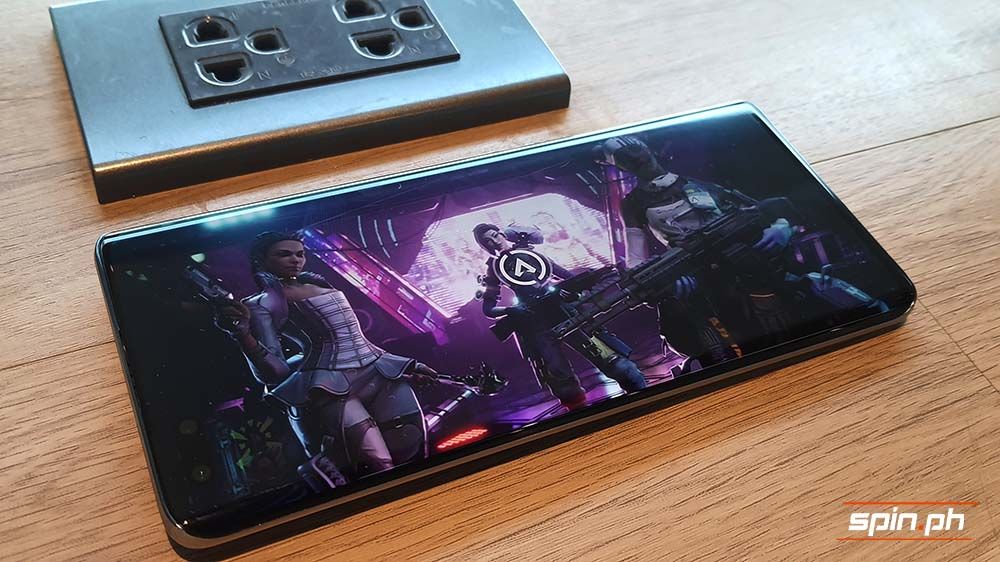
But perhaps the best part of the phone is the battery. It’s a beefy 4,500 mAH, which meant that, even after a full day of work and a few rounds of Apex Legends Mobile, I went to sleep with 60 percent still left in the tank. Days with lighter workloads (even with some camera snaps thrown in) only consumed around a fifth of the battery. But even if you do run out, all you need to do is plug the phone in with its hefty 100W charging brick, and the Nova 10 Pro goes from zero to 100 in less than thirty minutes. That’s fast. That’s really fast. Battery life will not be a problem with this phone at all.
It’s always tricky to review Huawei phones. They pack great specs at cheap prices, and the Huawei Nova 10 Pro overachieves on that front with great cameras, a great display, and a great battery at P32,999 — a breath of fresh air when you can already expect to pay P40,000 up for a phone.
But again, there is that whole trade war thing: no Google services, missing apps, a brand-new software ecosystem. And while I really liked the Nova 10 Pro, I knew that it would take too much time and effort for me to make a full workflow transition to this one. It was a good phone, but one I wouldn’t miss when I returned it. But if you’re not neck deep in the Google or Apple ecosystems, this one will definitely be worth a look.
We use cookies to ensure you get the best experience on Spin.ph. By continued use, you agree to our privacy policy and accept our use of such cookies. Find out more here.